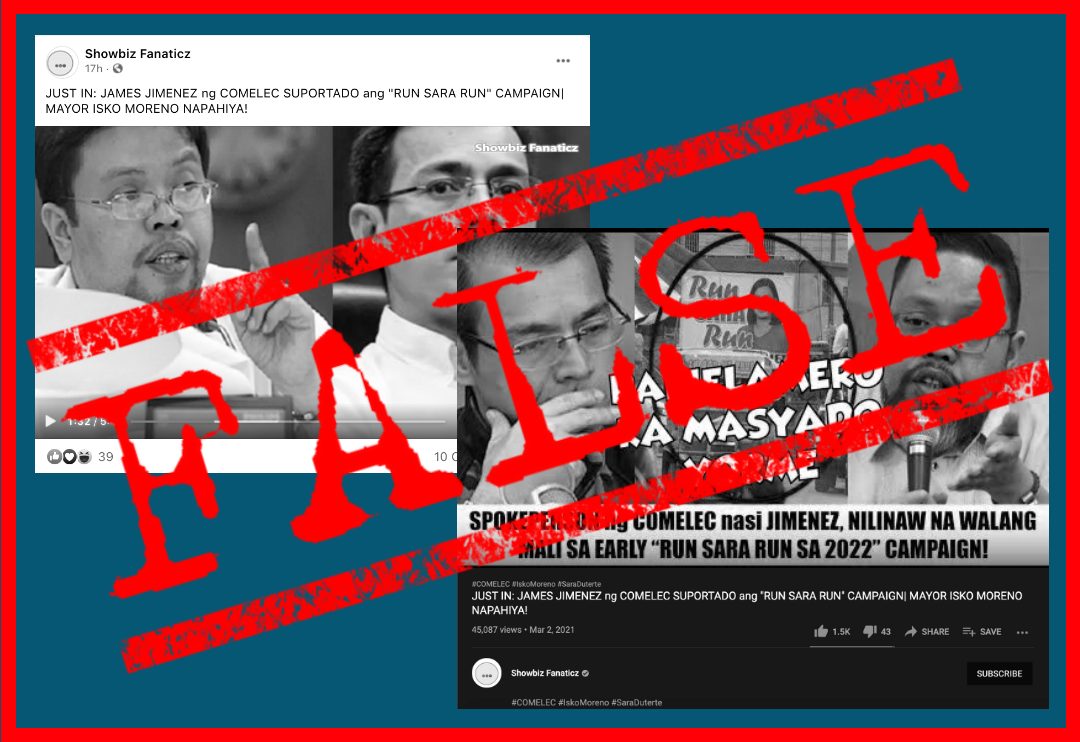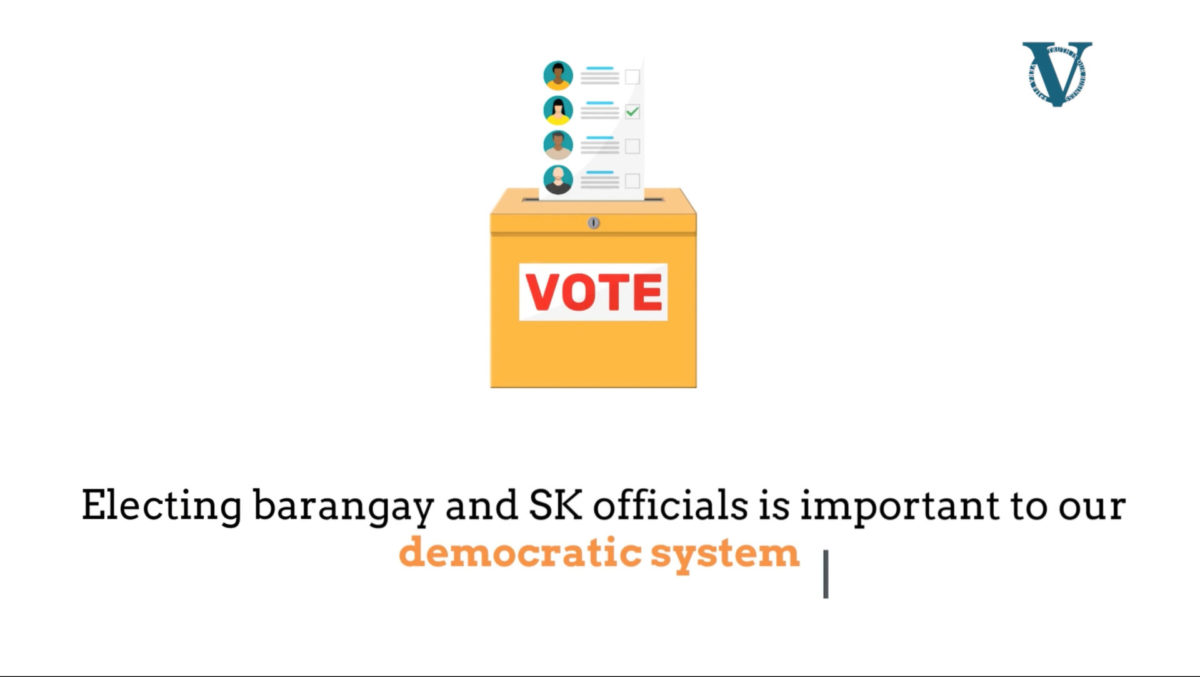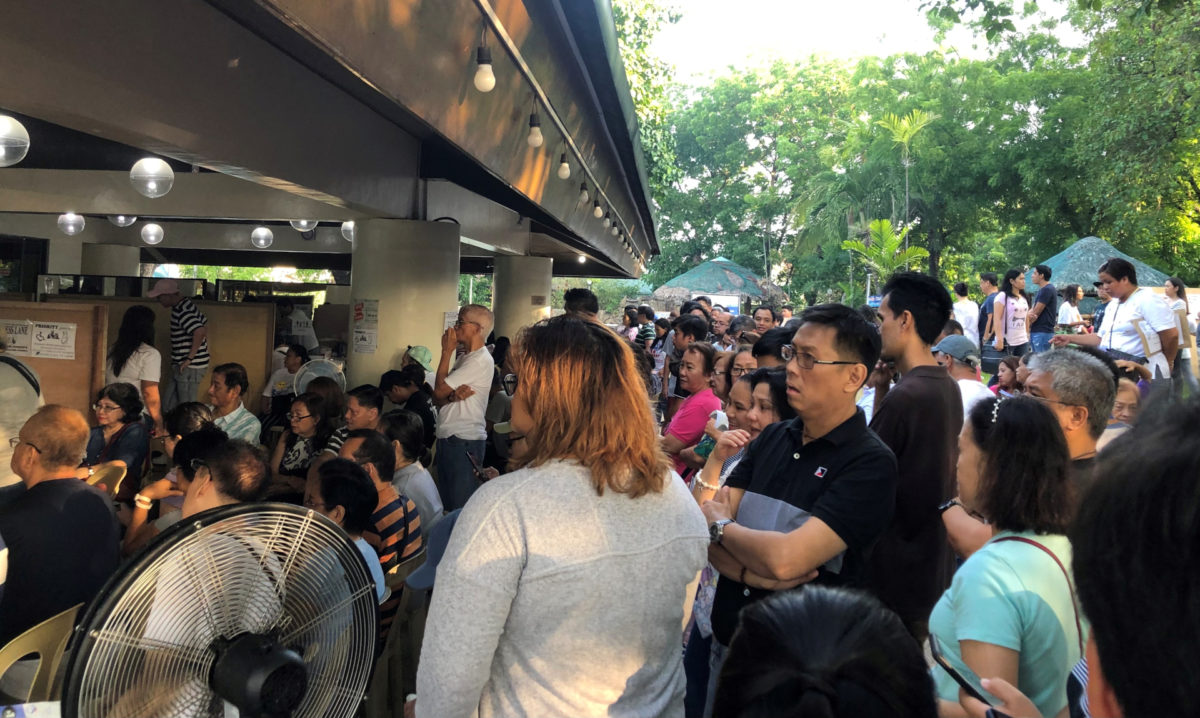By BUENA C. BERNAL
THE Commission on Elections today rejected the proposed parallel manual count, saying this will lead to “old modes of cheating,” particularly the “resurrection of sleeping Garcis.”
“A manual count — in essence, a regressive step belatedly being shoe-horned into the final preparations for the automated elections — will be extremely vulnerable to the introduction of error and fraud into the system,” Comelec in a seven-page en banc resolution said.
A hand count, it explained, can result in fabricated election returns or certificates of canvass, dagdag-bawas (padding and shaving of votes), deliberate shading of additional ovals or defacing of ballot security marks.
Comelec also cannot accept “that a parallell count is the ‘only’ way to validate the electronic count.”
But the Makati Business Club in a statement said that since the Precinct Count Optical Scan (PCOS) machines did not go through pilot-testing as mandated by law, “the risk of the machines making mistakes at a rate higher than that provided for (one mistake out of 20,000) is quite high.”
“We are gravely concerned that without such a verification of the accuracy of these machines, the election may not be accepted by the people as the true reflection of their will,” it said.
The proposed parallel manual count involves Boards of Election Inspectors manually counting the votes for president, vice president, governor, members of the House of Representatives and mayor in all precincts.
A discrepancy of more than 1 percent or an average of eight votes per precinct between the manual count and the PCOS count would require a manual recounting of votes nationwide.
This, according to proponents, will ensure the credibility of election results and erase doubts of internal rigging.
For Comelec, however, the formula proposed “will trigger a full manual count of all candidates i.e., the virtual scrapping of the automated election system.”
It also said the parallel manual count could be a very risky proposition since “the discovery of discrepancies — whether real or fabricated…will open the floodgates of protest, leading inevitably to significant delays in the resolution of results-related issues. In theory, at least, this could even result in enough delay to prevent the proclamation of the president-elect before the 30th of June.”
No legal basis
Comelec further argued that a parallel manual count is not needed, especially since it had no legal basis. The resolution said whatever benefits a parallel manual count may present can be achieved through the legally sanctioned Random Manual Audit (RMA).
Section 24 of the Automated Election Law or Republic Act 9369 mandates the auditing or the manual counting of ballots in one randomly selected precinct per congressional district. If there may be any difference between the automated and manual count, BEIs are to determine the cause of the discrepancy and initiate a subsequent manual recount for precincts affected by the error.
“(Using RMA) is better than nothing,” said National Citizens’ Movement for Free Elections (Namfrel) national chairperson Jose Cuisia in a press briefing in Makati on Wednesday.
Persistent prodding of business groups and electoral watchdogs pushed Comelec to increase the ratio of precincts to be audited into five precincts per legislative district or a total of 1,145 precincts nationwide.
Comelec, however, has yet to release the General Instructions for the RMA. The manual audit will be conducted only after the proclamation of winning candidates, reports said.
But Namfrel had earlier urged Comelec to conduct the RMA before the proclamation of winners. Other recommendations include conforming the manual vote appreciation standards to that of the machine (e.g., accept shading of 50 percent and reject those that are less); using a “statistically valid sample size”; creating a stratified risk-based random sampling technique by a reputable statistical institute or polling agency; and selecting precincts to be audited two hours before voting ends at six to limit risks of tampering.
The author is a student of the University of Sto. Tomas doing her summer internship with VERA Files.



